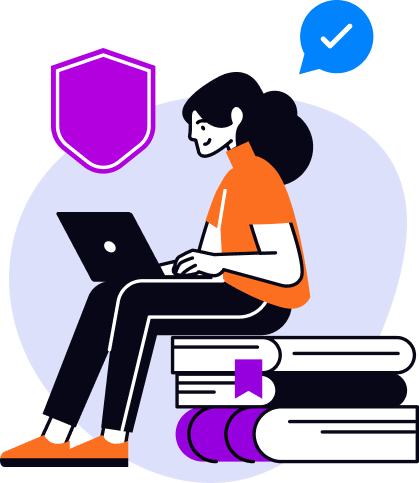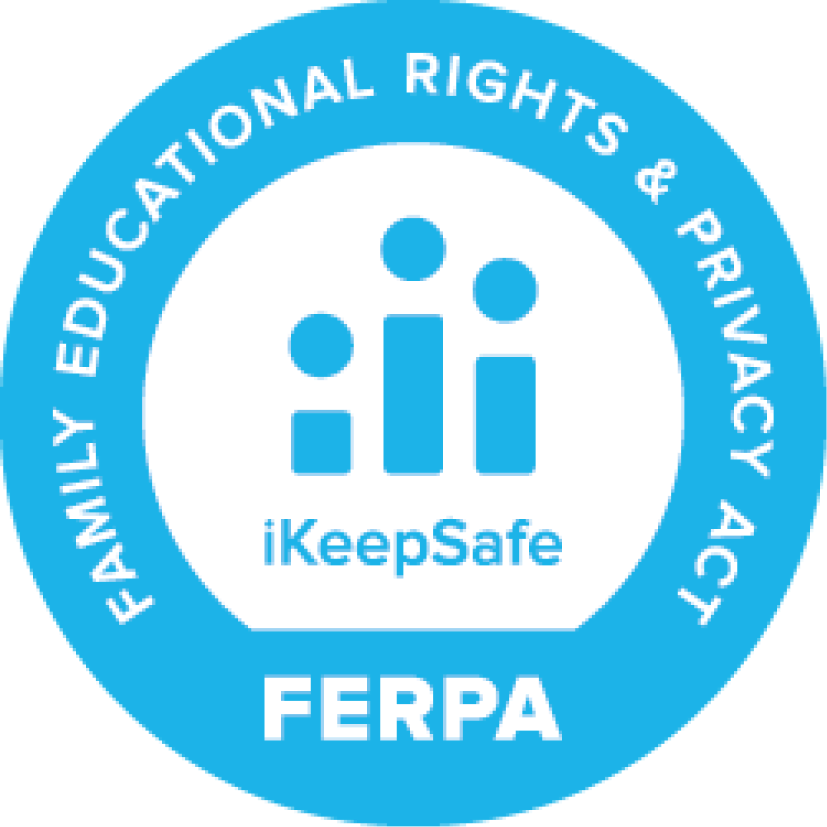In recent years, the education sector has found itself in the crosshairs of an escalating threat: ransomware attacks.
The statistics are alarming—according to a recent survey, the education sector reported the highest rates of ransomware attacks compared to all industries surveyed. What’s even more concerning is the rapid increase in these attacks.

In 2022, 56% of lower education providers and 64% of higher education providers fell victim to ransomware. Fast forward to 2023, and these figures have soared to 80% and 79%, respectively. This marks a more than twofold increase in just one year.
Furthermore, the education sector has witnessed a corresponding rise in data encryption. In lower education, the rate of data encryption has climbed from 72% to 81% year over year, and higher education reported a 73% rate, similar to the previous year.
These trends underscore the urgent need for robust cybersecurity measures in the education sector. In this blog post, we’ll talk about the world of ransomware threats in education and explore strategies for both prevention and recovery. Moreover, we’ll shine a spotlight on how GAT for Education plays a pivotal role in safeguarding educational institutions from ransomware attacks.
Understanding Ransomware in Education
Ransomware, in its simplest form, is malicious software designed to encrypt a victim’s data and demand a ransom for its release. Educational institutions are prime targets for these attacks. The reasons are many, including the wealth of sensitive student and staff data, the criticality of uninterrupted learning, and the fact that educational institutions often have limited resources for cybersecurity.
The High Stakes of Ransomware in Education
The consequences of a ransomware attack on schools are grave. Not only does it jeopardize sensitive student records, but it also disrupts the continuity of learning.
According to a 2022 U.S. Government Accountability Office report, the loss of learning time after a cyberattack ranges from three days to three weeks. Recovery time from the attack can take anywhere from two to nine months. These extended downtime periods have a profound impact on students’ education.
Furthermore, the financial implications are significant. The same report found that school districts have incurred losses ranging from $50,000 to $1 million per cyberattack. These financial burdens can strain already tight budgets, affecting the quality of education that schools can provide.
These statistics underscore the urgency of implementing robust cybersecurity measures in educational institutions to mitigate the risk of ransomware attacks.
Prevention Strategies
Preventing ransomware attacks requires a multifaceted approach. Educational institutions must implement proactive measures to reduce their vulnerability:
- User Education and Training: Educating staff and students about cybersecurity best practices is paramount.
- Regular Software Updates: Keeping systems up-to-date with the latest security patches is crucial.
- Network Segmentation: Isolating critical systems from the broader network can limit the impact of an attack.
- Email Filtering: Implementing robust email filtering and attachment scanning can block phishing attempts, a common ransomware entry point.
- Robust Backup Strategy: Regularly backing up data ensures that even in the worst-case scenario, data can be recovered without paying the ransom.
Additionally, some state legislatures are recognizing the importance of strengthening schools’ cyber defenses. For instance, Texas has allocated $55 million to protect school districts from major cyberattacks. Similarly, Minnesota has approved $24.3 million in grants to address school districts’ cybersecurity needs. These initiatives reflect a growing awareness of the cybersecurity challenges faced by educational institutions and the need for collective action to safeguard the education sector.
GAT Labs’ Role in Prevention
GAT Labs offers a comprehensive suite of solutions to bolster prevention efforts:
- Real-time Monitoring and Alerts: GAT Labs provides real-time monitoring and alerts, helping educational institutions detect suspicious activities promptly.
- Suspicious Activity Detection: GAT Labs’ tools are designed to identify and respond to unusual behaviors that may indicate ransomware attacks.
- Access Control and Permission Management: Managing access and permissions tightly can prevent unauthorized users from compromising data.
- Security Policy Enforcement: GAT Labs’ solutions allow institutions to enforce security policies consistently.
Recovery Strategies
In case of a ransomware attack, swift and effective recovery is crucial:
- Isolate Affected Systems: Immediately isolate compromised systems to prevent further spread.
- Report to Law Enforcement: Notify law enforcement agencies to assist with the investigation.
- Determine the Scope: Assess the extent of the attack to understand the potential impact.
- Evaluate Ransom Payment: Consider the ethical and legal implications of paying a ransom and weigh the decision carefully.
- Restore from Backups: If available, restore data from backups to minimize downtime.
GAT Labs’ Role in Recovery
This is how GAT Labs’ solutions extend to the recovery phase:
Data Recovery Solutions:
After a ransomware attack, data loss can be a significant concern. GAT Labs offers tools for data recovery to minimize data loss.
Forensic Analysis and Incident Reporting:
Understanding the intricacies of a ransomware attack is essential for educational institutions to respond effectively and report the incident accurately. GAT Labs offers detailed analysis capabilities within Google Workspace for Education, exploring interactions such as who reads what in Google Drive and when. This in-depth understanding empowers institutions to provide law enforcement agencies with precise information, aiding in investigations and potential legal actions.
GAT Labs’ incident reporting tools ensure that the incident is documented comprehensively within the Google Workspace environment, which is crucial for compliance and post-attack analysis specific to educational institutions using this platform.
Post-Attack Security Assessments:
Ransomware attacks often exploit vulnerabilities within an organization’s cybersecurity infrastructure. GAT Labs conducts thorough security assessments to identify weaknesses. These assessments provide valuable insights into areas that need improvement, enabling schools to fortify their security posture and reduce the risk of future attacks.
Closing Thoughts
In an era where ransomware attacks are becoming increasingly sophisticated and prevalent, educational institutions must take proactive steps to protect their students, staff, and sensitive data. The statistics reveal a concerning trend, but with the right strategies and tools in place, schools can fortify their defenses against ransomware threats.
Finally, as the education sector faces evolving cybersecurity challenges, GAT Labs remains committed to providing the solutions necessary to protect schools, students, and educators from the ever-present threat of ransomware.
Audit. Manage. Protect.
Discover how Management & Security Services can help you with deeper insight and on-call, personalized assistance.














